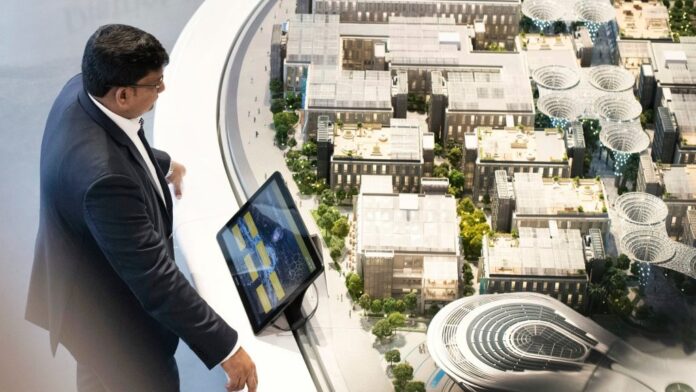If you’re an architect, engineer, or project manager, you may have heard about the use of Digital Twins in the construction industry. In the construction industry, these models can help you manage and optimize existing assets. They can also assist in reducing costs, setting schedules, and estimating performance.
These tools can also be useful in contract negotiations. They can be mandated in new infrastructure projects and operations contracts. But before you get started with Digital Twins, consider these key considerations.
What are Infrastructure Digital Twins? They are essentially simulations of infrastructure assets. These models are built from a range of data sources, including sensor measurements, maintenance and operating data. The fusion of these data types enables a holistic understanding of an asset’s condition. It also helps you improve efficiency and sustainability. It also makes asset management easier and more cost-effective. But the development of digital twins requires careful planning and rigorous testing.
While BIM data is the most challenging of the three types of data used in infrastructure digital twins, it is an important one. It often represents the future state of the twin. As with any other data source, it is important to remember that multiple valid states can exist simultaneously, so the best approach is to integrate all three into a single model. This can help you develop a more accurate and efficient infrastructure. If you’re an architect, you should be familiar with BIM, as it is the industry standard for infrastructure design.
Infrastructure Digital Twins can fuse many types of data, including historical, real-time, and forecast data. They can be used to increase the performance of assets, reduce cost, and improve sustainability. This technology has many applications in the building and infrastructure industry. And while it can help you create more sustainable designs, it requires careful planning and secure data collection. The key is to have a platform that is open-source and secure. You don’t need to be a software programmer to make this happen.
The biggest advantage of infrastructure digital twins is their ability to fuse different types of data, and you can use them to optimise it. This tool has many uses, from predicting failures to training staff and optimising individual performance. It can be used to plan future projects and prepare for unexpected changes. If it’s a project, it can also be used to improve the performance of existing assets. Its advantages are numerous. If your company is an infrastructure developer, you can use an Infrastructure Digital Twin to assess current and future asset.
The use of Digital Twins is a vital element of BIM-centric processes. It has the potential to improve the efficiency of a project by allowing it to be built more accurately. In addition to saving money, this technology also improves the quality of construction. In addition to these benefits, Infrastructure Digital Twins are easy to use. But to truly maximize its benefits, you must have an effective and flexible workflow. It is critical to have an open-source data ecosystem.



